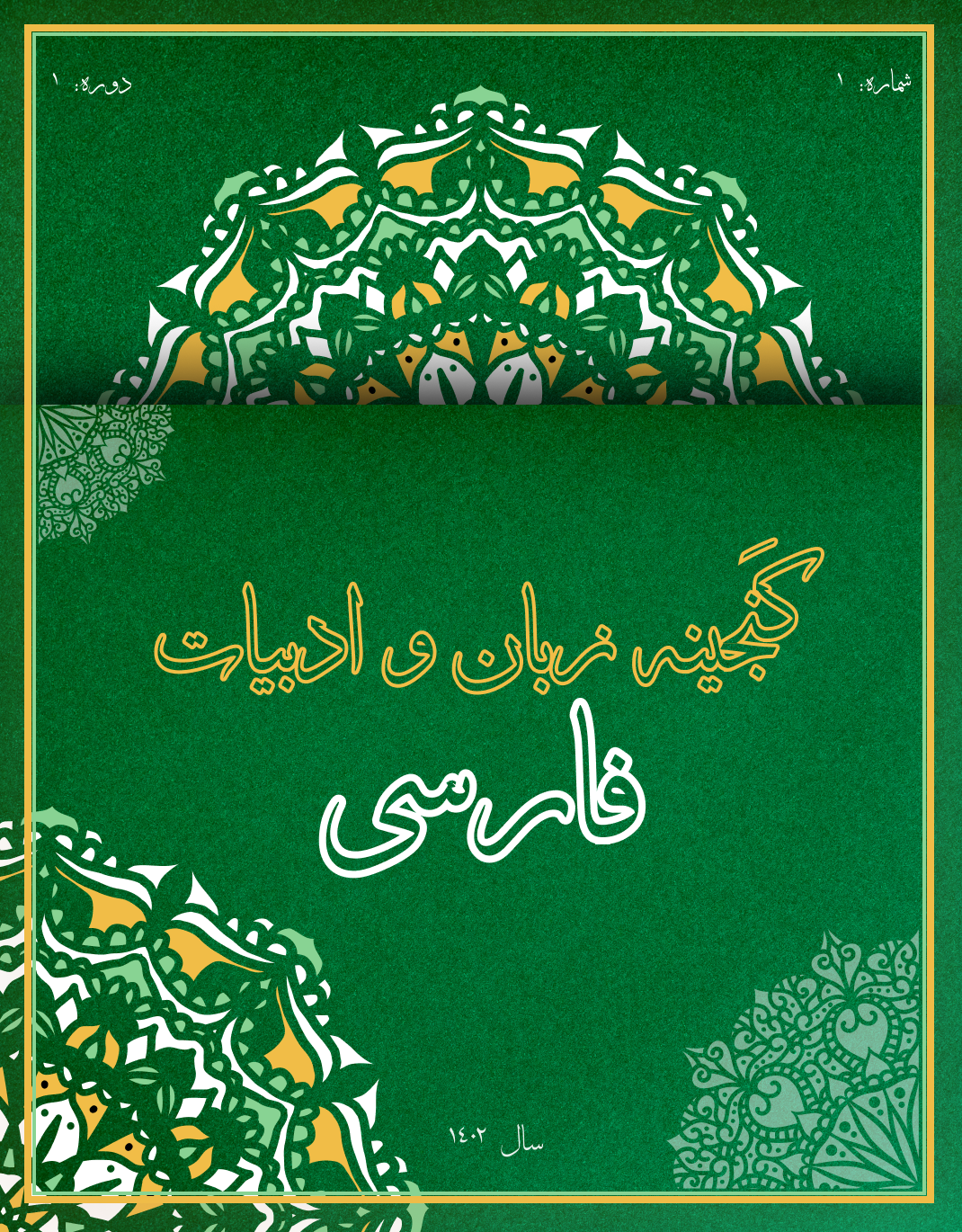مطابقت در داستان24 ساعت در خواب وبيدارى صمد بهرنگى با نظريه ياكوبسن روسي
کلمات کلیدی:
تجدد شهري, نااميد جوانان, ساختارگرايي, نظريه ي مرگ مولف ياكوبسن, فرماليست روسي, 24ساعت در خواب و بیداریچکیده
در ادبيات غنايى گاهى احساسات چنان در لابه لاى متون نهفته مى شود كه تاثيرمتن را به حدى مى رساند كه فرا زمان ومكان مى گردد،ازآن جمله احساسات صمد بهرنگى در داستان 24 ساعت در خواب وبيدارى به گونه اى برانگيخته شده كه خواننده را لحظه به لحظه با خود در جريان متن قرار مى دهد.به حدى كه خواننده همراه وهمزمان با آن كودكان معصوم از زندگى نا اميد مى شود وبه عمق داستان برده مى شود. داستان در محتواي تازه تري نسبت به ديگر آثار قرار دارد به واقعيت زندگي روزمره ي جامعه اي خفقاني اشاره دارد و رابطه تنگاتنگ هنر خلاقه ي بهرنگي را با طبيعت اطرافش نشان مي دهد وكاملا جهت مخالف فرماليست هاي روسي ايستايي و واپس گرايي و گهنگي مفاهيم كه از آثار گذشتگان نشات گرفته در شيوه بيان داستان كمتر ديده مي شود وآنچه در اين پژوهش بيشتر مورد توجه است انطباق انديشه و ذهنيات صمد بهرنگي با حقايق و واقعيت هاي سيال زندگي است كه به مبارزه ي عمومي بشريت ستمديده در برابر بيداد ظالمان مي پردازد بيشتر مفاهيم داستان به عقايد و نظريات عمومي جامعه اشاره دارد تا اعمال ذهنيات و ادراكات خود و ايستايي در درك ذهني خودش ،زيرا اگر چنين باشد اثر هرچند زيبا و ارزشمند باشد پايدار نمي ماند و از درجه اعتبار ساقط مي گردد. در پژوهش داستان 24 ساعت خواب و بيداري بهرنگي به شيوه ي مقايسه اي با فرماليست هاي روسي و نگاه مرگ مولف ياكوبسن صورت گرفته است كه به شيوه تحليلي توصيفي و كتابخانه اي مورد تجزيه و بررسي قرار گرفته است تا مورد استفاده تحليل گران واقع گردد.








